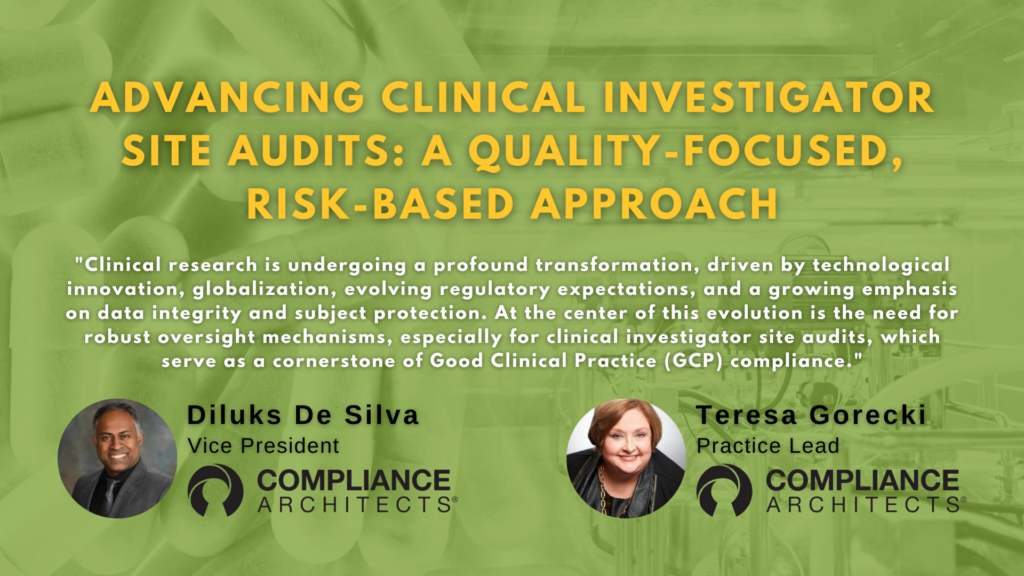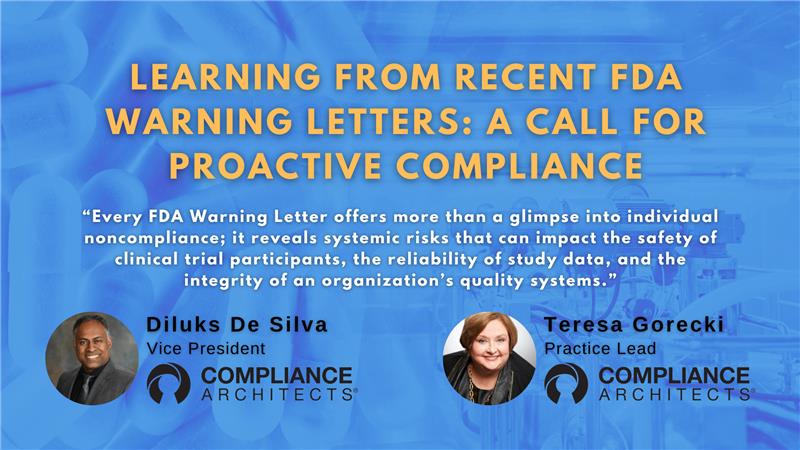The business term “Operationalize a Quality Agreement” stems from my dual background as an attorney and an engineer, with extensive experience in contract work. Contracts are complex because they involve individual and mutual obligations, all in a contextual environment. You need to consider many elements—actions you can take, restrictions, expectations, responsibilities, etc. However, the challenge with these contracts is that they are not always user-friendly tools for managing relationships effectively.

Table of Contents
Decomposing the Agreement
A starting point to operationalize a Quality Agreement is to “decompose the agreement into its constituent elements.” This process is similar to regulatory decomposition, where you analyze regulations to identify discrete requirements. You can create clear, distinct line items for requirements, obligations, responsibilities, and expectations by breaking down the agreement.
Developing a Management Model
Once you have these line items, the next step is to aggregate them and develop a management model, typically using computer-based tools. While this isn’t strictly digitization, it involves using the right communication tools and cadence to identify, own, and manage responsibilities and predecessor elements.
Implementing a Governance Framework
Implementing a governance framework is crucial to overseeing the activities that arise from breaking down contract elements. This ensures that the company understands the responsibilities of the Contract Development and Manufacturing Organization (CDMO) or Contract Manufacturing Organization (CMO) and that these duties are being fulfilled as agreed. Sponsors must also provide necessary information and oversight to the CDMOs.

Ensuring Responsibility and Compliance
Ownership of these responsibilities should be clear on both sides of the agreement. They should be integrated into the company’s management review process, involving both the Sponsor and CMO/CDMO companies. This approach helps ensure compliance with the terms of the Quality Agreement, which outlines the activities needed for a successful partnership in developing, commercializing, and manufacturing the product from the Sponsor.
Continuous Improvement and Adjustment
To operationalize a Quality Agreement involves decomposing it into manageable parts and then integrating them into regular operational contexts. It’s essential to avoid getting bogged down in legal jargon and leave that to the lawyers. During this operationalization process, you may discover aspects that need adjusting or revision. Regular daily and monthly reviews can help identify and address any surprises.
Benefits within FDA-Regulated Spaces
Maintaining an agreement that reflects your goals is particularly beneficial within the Food and Drug Administration (FDA) regulated space. When you operationalize a Quality Agreement, you can enhance your good manufacturing practices and strengthen your quality management system.
To learn more about how to operationalize your Quality Agreements effectively, please fill out the form below to contact us.





